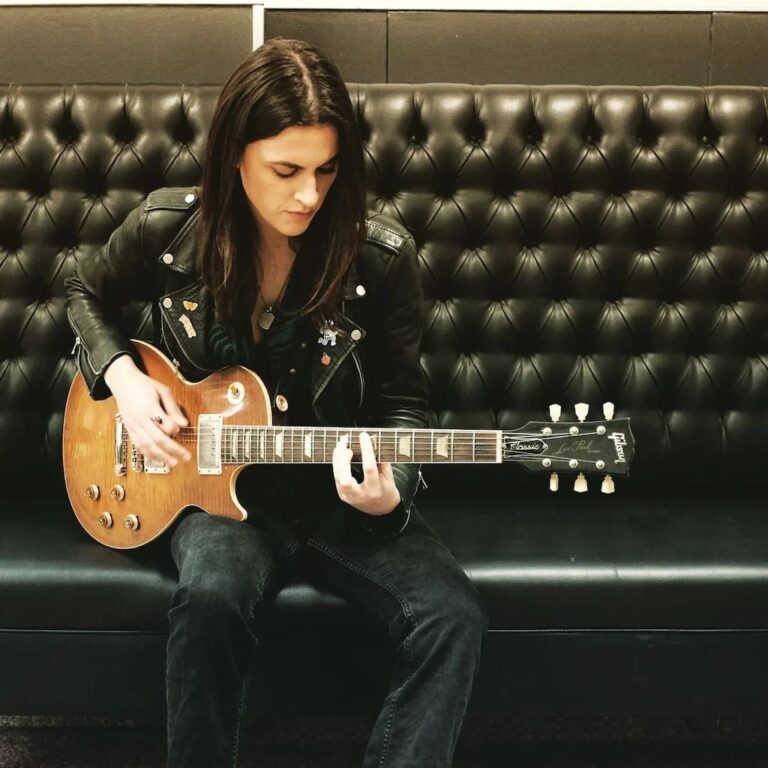What Is French Rap? Artists, Origins & Evolution of a Global Sound
A Cultural Revolution in Music, Language, and Society
What Is French Rap? Understanding the Movement
Origins & Definition
French rap (also known as French hip hop) emerged in the early 1980s as France’s adaptation of American hip-hop culture. Unlike its American counterpart, French rap developed its own distinctive identity, deeply rooted in the experience of immigrant communities from former French colonies in North and West Africa.
What makes French rap music unique is its emphasis on complex wordplay, political consciousness, and the integration of traditional French chanson elements with contemporary beats.
France now represents the second-largest market for hip-hop worldwide, after the United States.
Distinctive Characteristics
- ● Heavy use of verlan (French slang that inverts syllables)
- ● Strong sociopolitical commentary and activism
- ● Regional dialects and multicultural influences
- ● Cinematic visuals and production techniques
- ● Fusion of electronic, Arab, and African musical elements
While American rap primarily uses English, French hip hop proudly embraces the French language, creating new expressions that have entered everyday vocabulary.
French Hip Hop Artists: The Pioneers & Innovators
MC Solaar
First international French rap star known for sophisticated wordplay
IAM
Marseille collective blending philosophical themes with Egyptian imagery
Suprême NTM
Confrontational group addressing police brutality and social inequality
Booba
Self-styled “Duc de Boulogne” who pioneered harder, darker sounds
Diam’s
First female rapper to achieve mainstream recognition in France
PNL
Brothers who revolutionized the scene with cloud rap and film-like videos
These French hip hop artists have shaped not only the musical landscape of France but have been instrumental in bringing hiphop France to global recognition, with their works streamed millions of times worldwide and influencing a new generation of artists across Europe and beyond.
French Rap vs. American Hip-Hop
| Aspect | French Rap | American Hip-Hop |
|---|---|---|
| Cultural Context | Immigrant experience, postcolonial identity | Inner city experience, racial inequality |
| Lyrical Focus | Political criticism, social commentary | Personal struggles, street narratives |
| Production Style | Electronic influences, cinematic approach | Sample-heavy, trap-dominated |
| Industry Structure | Initially independent, now major label support | Major label system with indie alternatives |
| Global Influence | Growing, especially in Europe and Francophone Africa | Dominated global pop culture for decades |
“French hip hop isn’t just music—it’s the voice of the invisible, the cultural bridge between Africa and Europe, and the soundtrack of a multicultural France that continues to redefine its identity in the 21st century.” — Olivier Cachin, French music journalist and hip-hop historian
Timeline: Key Moments
Late 1980s
Birth of French rap
Dee Nasty, Sidney, and the first block parties introduce hip-hop to French youth.
Dee Nasty – Panam t’es batarde
1991-1995
Golden Age
IAM and Suprême NTM release defining albums; social and political rap lyrics emerge.
IAM – Je danse le Mia
2002-2010
Rise of the New School
Booba and Diam’s bring a harder edge; Orelsan pioneers alt-rap introspection.
Booba – Boulbi
2015-2024
Trap, Cloud, Global
PNL, Nekfeu, and Niska propel French rap to global streaming charts and festival stages.
PNL – Le monde ou rien
Regional Styles & Subgenres
Marseille Rap
Energetic, gritty, and multicultural. Known for expressive lyrics about identity, struggle, and the city.
Fonky Family – Art de RueParis Rap
Polished, poetic, and innovative. Parisian acts fuse emotional depth and urban storytelling.
PNL – La vie est belleToulouse Flow
Bigflo & Oli lead the wave of witty wordplay and catchy introspective beats from the southwest.
Bigflo & Oli – DommageStrasbourg Vibes
A scene blending boom-bap, trap, and local slang; experimental with Central European shade.
OZCultural Impact: Top French Rap Artists
A visualization of the monthly Spotify listener counts for top French rap artists (2024 estimates).
French Rap as Voice & Protest
French rap became the soundtrack for urban youth, addressing social inequality, racism, police violence, and political unrest in real time.
Rappers like NTM and Kery James didn’t hesitate to use their music as a microphone for civic activism.
Essentials: 10 Must-Know French Rap Songs
- IAM – Demain c’est loin
- MC Solaar – Bouge de là
- NTM – Ma Benz
- Booba – N°10
- Keny Arkana – La rage
- Fonky Family – Sans rémission
- PNL – DA
- Orelsan – Basique
- Nekfeu – On verra
- Oxmo Puccino – Mensongeur
Contemporary French Rap & Global Appeal
The new generation, led PNL, Orelsan, and Nekfeu, mixes cinematic atmospheres and introspective lyrics. French rap now claims its spot on the world’s musical stage, collaborating across borders and dominating European streaming charts.
Orelsan – Basique


